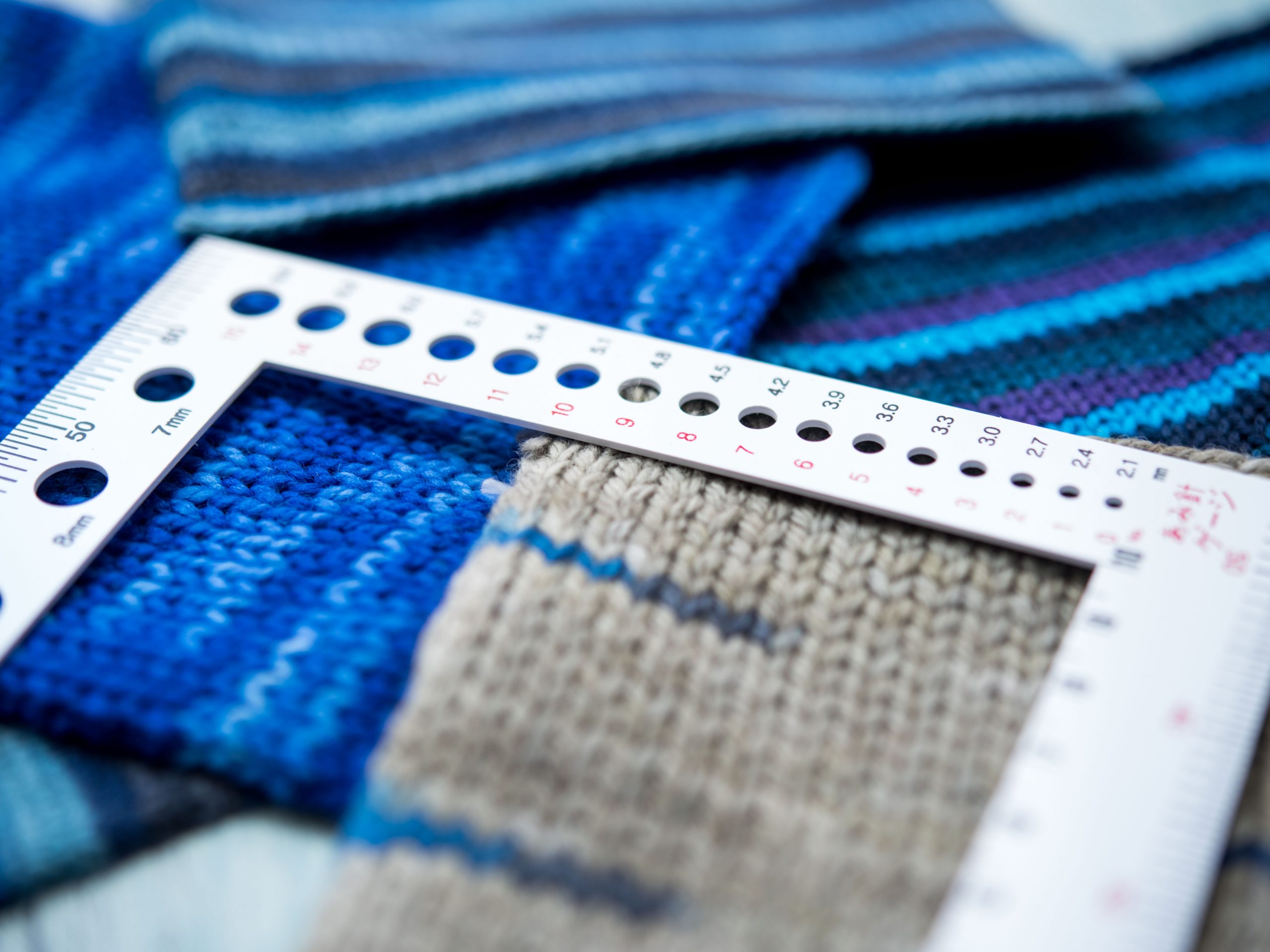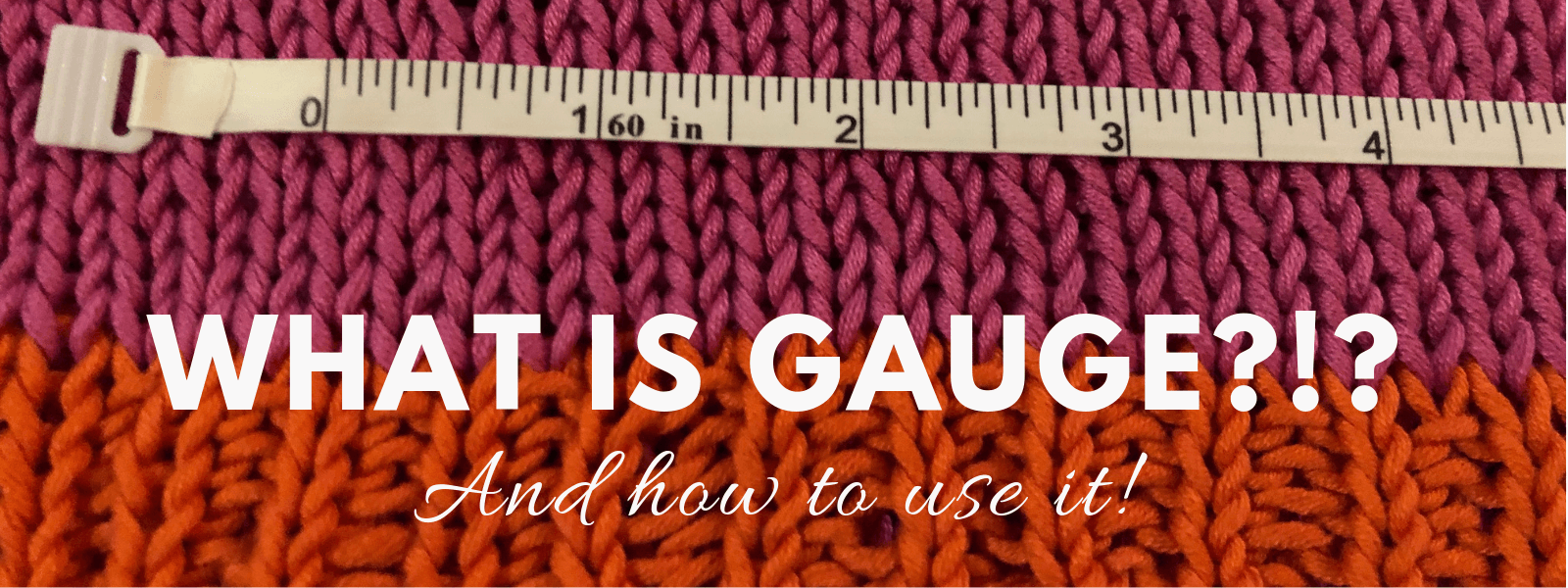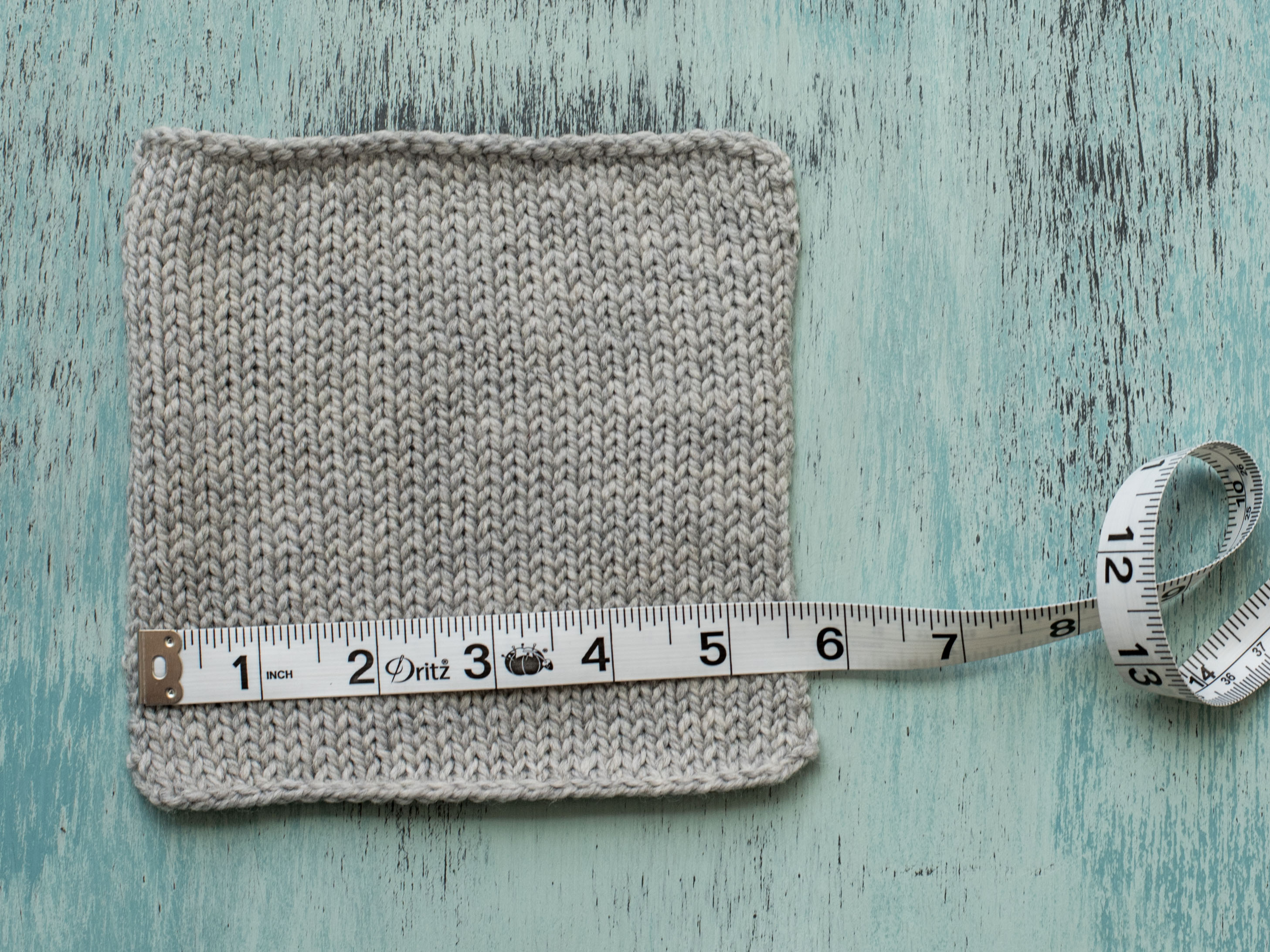Gauge In Knitting Calculator
Gauge In Knitting Calculator - Web the gauge chart is essentially a guide that specifies the number of stitches per inch required to achieve an accurate size in the final garment. A stitch gauge is essential in calculating the width of a piece. Measure a section of your swatch (preferably leave 3 stitches on every edge) and enter your calculations here. Try the free ios version. These calculators can be very useful: X = cast on length the original pattern calls for. This application makes it easy to: The width and length you want your. Web 3 factors affecting gauge. Web gaugefy helps you calculate your gauge and use it to plan your knitting/crochet projects! The yarn weight, the needle size, and your natural knitting tension. While some items like scarves or potholders may not require strict adherence to gauge, for most projects, it’s a vital step. Type in stitch counts and click calculate. Web use the below form to calculate which size you should make, based on the numbers for your gauge, the pattern. Number of stitches to increase: Web here’s how stitch gauge helps with knitting gauge: Thin yarns mean smaller stitches and tighter gauge. Three things affect knitting gauge: The yarn weight, the needle size, and your natural knitting tension. You will get an much more accurate measurement over 4″ than over a smaller space. Take your stitch gauge, divide it by their stitch gauge and the answer is the stitch convertor. Three things affect knitting gauge: These calculators can be very useful: After you compute the number of stitches or rows required for your gauge, consult the pattern to. Measure a section of your swatch (preferably leave 3 stitches on every edge) and enter your calculations here. Web use the below form to calculate which size you should make, based on the numbers for your gauge, the pattern gauge, and your chest/bust circumference: Take your stitch gauge, divide it by their stitch gauge and the answer is the stitch. Enter the size of your sample swatch in the table. Knitting gauge is essential for ensuring the correct dimensions and fit of a project. A stitch gauge is essential in calculating the width of a piece. Thin yarns mean smaller stitches and tighter gauge. By inputting the desired dimensions (in either inches or centimeters) and the knitting gauge (stitches or. ← start by inserting your gauge information on the left. A stitch gauge is essential in calculating the width of a piece. Web a simple hand held calculator will be very helpful to calculate two necessary “conversion formulas”. Web gaugefy helps you calculate your gauge and use it to plan your knitting/crochet projects! Web 3 factors affecting gauge. Web gaugefy helps you calculate your gauge and use it to plan your knitting/crochet projects! This is critical since a 1/4 stitch difference in your. Three things affect knitting gauge: For cast on or row count: Thin yarns mean smaller stitches and tighter gauge. After you compute the number of stitches or rows required for your gauge, consult the pattern to see if knitting a different size will produce the desired results. Try the free ios version. Web the knitting calculator operates on the principle of gauge multiplication. Different yarns and needle sizes can produce different gauges, so it’s important to use the exact. Calculate your gauge once you've finished a swatch. C = (a / 10) * b (in centimeters) c = (a / 4) * b (in inches) quick tips: Use the same yarn and needles for the swatch and the project. Thicker yarns mean bigger stitches and a looser gauge. Figure out how many stitches and rows you'll need to work. The best practice is to count over 4, but some gauges call for 2 or 1, especially if the yarn is very thin. First, always use the same yarn and needles that you plan to use for your actual project. Web use a ruler or gauge measuring device to count the number of rows and stitches in the number of. Web if it specifies the stitches per inch, multiply that number by 4 to get the number of stitches in 4″. X = cast on length the original pattern calls for. Web use a ruler or gauge measuring device to count the number of rows and stitches in the number of inches given in the pattern gauge. A ruler or tape measure (you can measure in inches or centimeters) 3. By inputting the desired dimensions (in either inches or centimeters) and the knitting gauge (stitches or rows per unit length ), the calculator swiftly delivers accurate results, minimizing errors in knitting projects. Web the gauge chart is essentially a guide that specifies the number of stitches per inch required to achieve an accurate size in the final garment. Knitting gauge is essential for ensuring the correct dimensions and fit of a project. Use this nifty tool to calculate your gauge! After you compute the number of stitches or rows required for your gauge, consult the pattern to see if knitting a different size will produce the desired results. Thicker yarns mean bigger stitches and a looser gauge. Type in stitch counts and click calculate. Make a sample swatch of your project. Web the knitting calculator operates on the principle of gauge multiplication. Use the calculator below to determine how to increase evenly across your row or round of knitting. Take your stitch gauge, divide it by their stitch gauge and the answer is the stitch convertor. Thin yarns mean smaller stitches and tighter gauge.
Knitting Gauge Calculator Calculate Perfect Patterns Effortlessly

MultiFunctional Knitting Gauge Converter Knitting Calculator With

Calculating Gauge in Knitting Knit Along Club

How to Measure Your Gauge in Knitting Craftsy

Measure gauge in knitting like a pro! Don't Be Such A Square

How to Measure Gauge Knitting YouTube

Gauge in Knitting Calculator Simple Steps to Perfect Measurements

How to Measure Your Gauge in Knitting Craftsy

KNITTING GAUGE CONVERTER Braiding Calculator Counting Ruler Sewing

Why Knitting Gauge Is So Important (And How to Measure It) Craftsy
For Instance, If A Pattern Specifies 20 Stitches Per 4 Inches, And You Want To Knit A Garment That’s 40 Inches Wide, You’ll Need To Cast On 200 Stitches.
The Best Practice Is To Count Over 4, But Some Gauges Call For 2 Or 1, Especially If The Yarn Is Very Thin.
Web Enter It Below To Get An Estimate Of Your Required Amount Of Yarn.
← Start By Inserting Your Gauge Information On The Left.
Related Post: